Lilac "Rochester": features, description and cultivation

Lilac is a fairly common plant in our country. Today there are more than a hundred varieties of this fragrant shrub. The American variety "Rochester" is distinguished by its snow-white flowers, spreading branches and, importantly, good winter hardiness. Let's consider it in more detail.
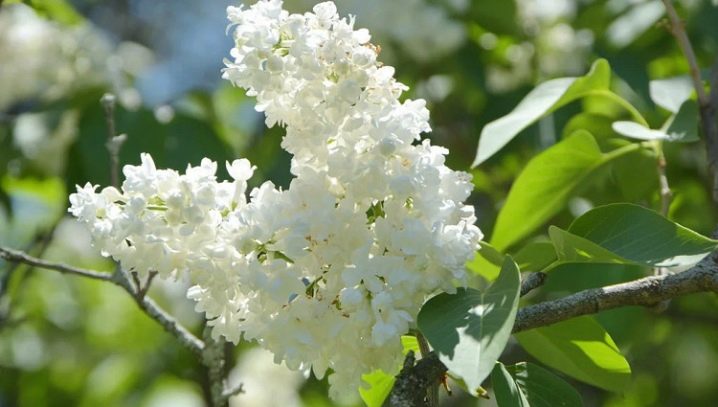
Description of the variety
Common lilac Rochester is a unique species bred by American breeders back in 1963 in the town of Rochester of the same name. This variety has no analogues, although it is considered the progenitor of the modern shrub with the name Radical Doubling - "Radical double".
The "Rochester" variety is distinguished by spreading bushes reaching 2.5 meters in height and 3.5 in width. Compared to other varieties this lilac is considered not too high... It is characterized by a long period of development. The blossoming flowers are painted in a snow-white color, the number of petals can reach 25. The flowers emit a rich pleasant aroma.
The shape of the petals is round, slightly elongated. Inflorescences are of sufficient density, are located vertically, well formed... The flowering period occurs at a fairly late time. The bushes are overgrown with dense foliage of dark green shades, there is a slight shine.
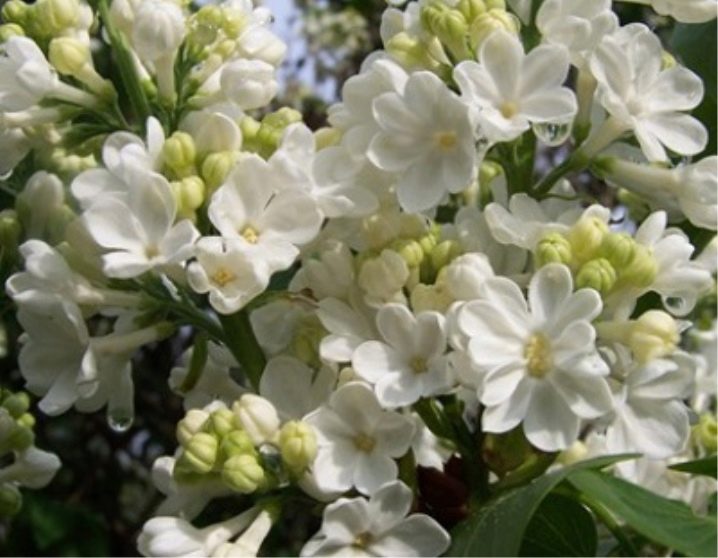
The American lilac variety boasts a high degree of winter hardiness, which allows it to be grown in regions with cold climates. The plant prefers light areas, however, it can tolerate partial shade.
Planting lilacs should be done in fertile soil. In addition, the soil should have moderate moisture. For this, slightly acidic, loamy, neutral soils are suitable.
Saplings should not be placed in soil with a high level of groundwater. Excess moisture will negatively affect the growth of young shrubs. Usually Rochester lilac grown in groups to create hedges or alleys, nevertheless, a single shrub also fits well into any landscape design.
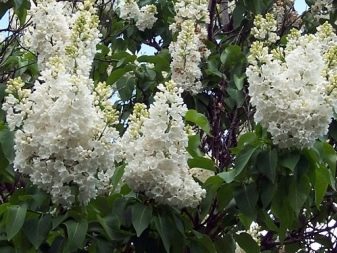
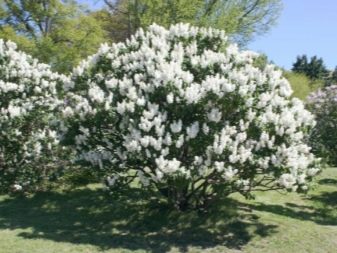
Landing
Common lilac is one of the most popular shrubs grown by Russian gardeners. It is especially worth noting its winter hardiness and immunity to certain diseases. Such features make it possible to plant a plant even in regions with rather harsh climatic conditions... With proper care, a lush fragrant shrub will decorate any house or summer cottage area.
Planting lilac seedlings in cold regions of Russia should be done in late summer (last week of August) or early autumn (early days of September). According to gardeners, this time is the most suitable for the plant to get used to the soil, fast rooting occurs and, which is especially important for this territory, strengthening the root system before the onset of the first frost... Therefore, planting too late is likely to lead to the rapid death of the young plant.

In any case, you should take care of a winter shelter: use a layer of mulch from moss, sawdust, peat, straw. It is enough just to impose them on the periosteal circle. The main rule is that the elements of the layer must be extremely dry, otherwise the formation of rot in the root space cannot be avoided.
When the snow melts, the mulch will need to be removed, so the soil will thaw much faster.

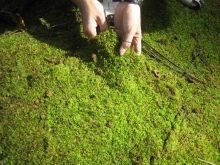

Lilac "Rochester" is an unpretentious plant, so there should be no problems with choosing a place for planting.Sandy or rocky soil is suitable, the degree of acidity can be any. You should not plant shrubs in damp, wetlands; heavy soil will not be the best option.
Recommendations for planting seedlings:
- dig a hole 50x50 cm in size;
- put organic fertilizers on the bottom, for example, manure or droppings, mineral compositions or ash are also suitable;
- compact the soil near the trunk well;
- the best time to plant is evening or a cool day.

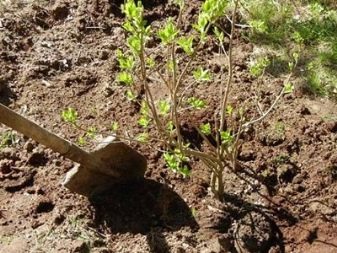
Care and feeding
It will be possible to grow a healthy, beautiful shrub in your garden if you follow all the rules for caring for lilacs. This plant does not need frequent watering, but the soil around the trunk should be kept moist. Abundant watering occurs in May-June, but already since July, the bushes are not watered, otherwise it will lead to the awakening of the buds.
It is also not worth feeding the bushes unnecessarily. During planting, the required amount of fertilizer was already applied, which is sufficient for the growth and development of the root system during the first three years. As for an adult shrub, here they are suitable annual feeding in small amounts... For this, organic fertilizers are used - manure, bird droppings.
Complex mineral compositions are applied once every three years.
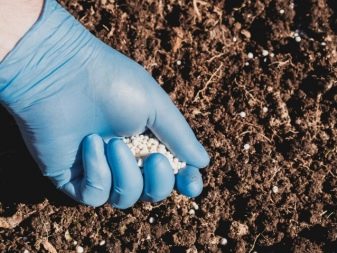
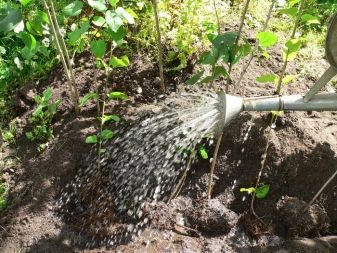
An important procedure in the care of Rochester lilacs is pruning. It involves the removal of old, diseased branches. It is better to start this event in the spring: as soon as the brushes have faded, you can cut off the dry branches. Such measures will lead to abundant flowering in the future. Gardeners do not recommend pruning lilacs in the fall, this can lead to a complete lack of flowering.
Sanitary pruning is the removal of 3-4 old shrub trunks, in place of which young ones appear. This procedure should be carried out very carefully, without damaging the bush, which heals for a long time and poorly.
In general, common lilac "Rochester" is a good option for decorating a home or summer cottage. It is thanks to winter hardiness that she is so fond of Russian gardeners. Following the recommendations for planting and further care, you can grow a sprawling, beautiful plant with snow-white flowers that emit a pleasant aroma.
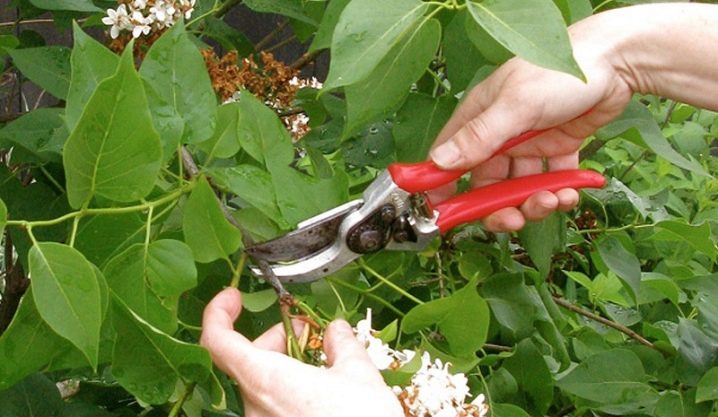
You can find out the secrets of breeding and caring for lilacs by watching the following video.



































































The comment was sent successfully.